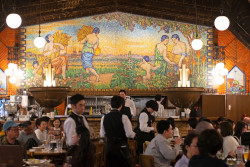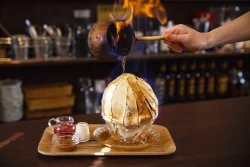
August 3, 2023
A Taste of Local Tokyo Traditional Cuisine
The nation's melting pot has its very own cuisine
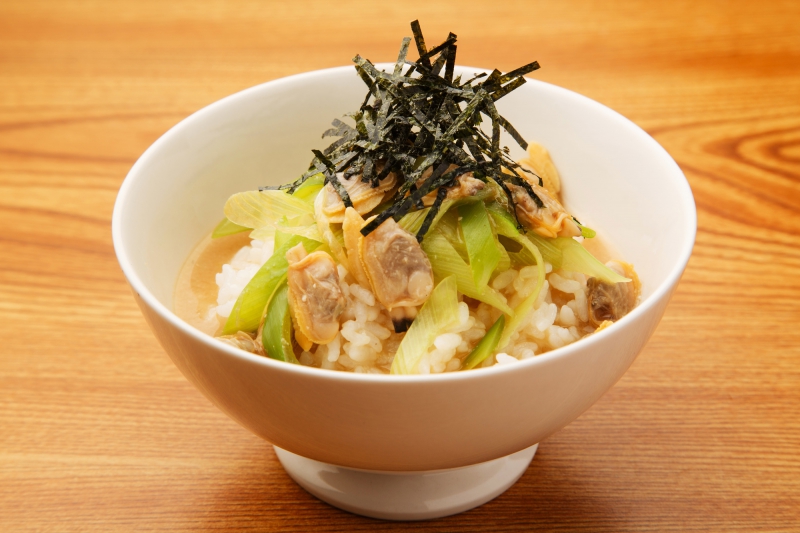
As the nation’s culinary melting pot, with more Michelin-starred restaurants than anywhere else on the planet, it’s no surprise that Tokyo is a food-lover’s wonderland. Hidden behind the wild variety, however, is the fact that the city actually has its own local foods. Rooted in the city’s Edo period, Tokyo’s kyodo ryori, or traditional cuisine, is marked by a dash of innovation and a heartiness born of the city’s industrious heritage.
Fukagawa-meshi

Busy Edo-era fishermen working the waters of Sumida River began taking advantage of the short-necked asari clams that gathered in the Fukagawa area. Easy to collect, the fishermen would sprinkle the boiled clams onto a serving of rice, perhaps adding some chopped leek and tofu for extra taste and texture. Known as bukkake style, it differs from the takikomi method where the clams are cooked together with the rice, giving the dish a decidedly homestyle flavor. From these humble working-class origins, Fukugawa-meshi is now one of Japan’s most popular rice dishes.
Edomaezushi
It surprises many to know that modern sushi originated as a fast-food dish in old Tokyo in the early 1800s. Restaurateur Hanaya Yohei began marinating his toppings in soy sauce and placing them on portions of rice prepared with akasu red vinegar. The result, 2-3 times the size of modern sushi, was a success and edomaezushi became a staple among Edo’s busy citizens. Classic edomaezushi is characterized by stronger flavors and prepared with seafood traditionally sourced from Edo Bay such as anago (conger eel), aji (horse mackerel), and kohada (gizzard shad).
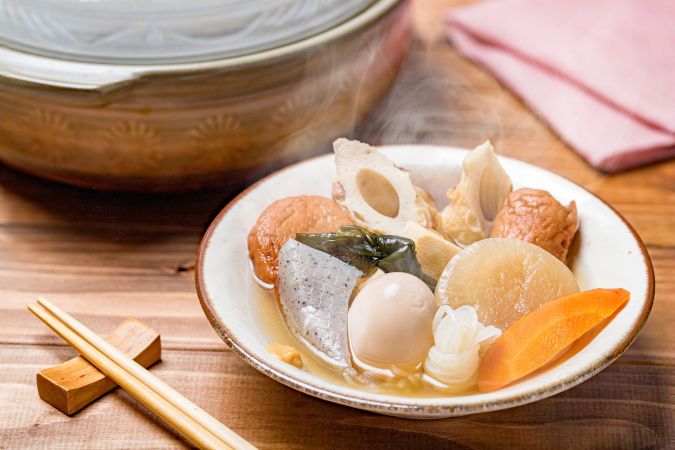
Oden
Tracing its origins to dengaku, a 14th-century skewered tofu dish served with miso, oden became a regular Edo period comfort food. Popular during winter, oden’s appeal continued growing during the Meiji era before spreading across the nation. In Tokyo, yatai (street stalls) presented traditional ingredients like egg, gelatinous konnyaku, radish and fish cake tubes simmering for hours in broth made from soy sauce, kombu seaweed and bonito flakes. That list of ingredients has expanded considerably these days, including dollops of mustard that slice through oden’s street flavor.
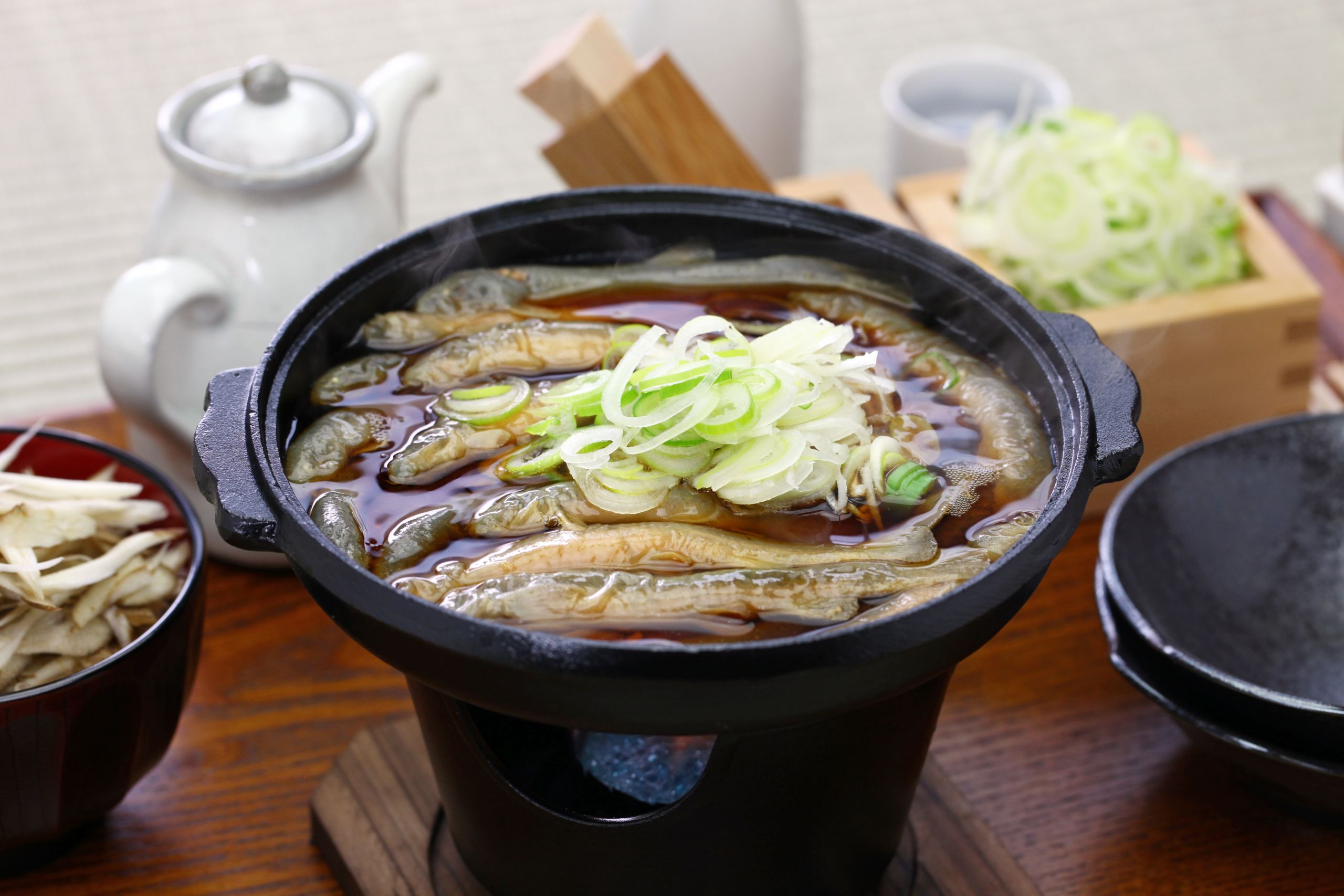
Dojo-nabe
For Edo locals, dojo-nabe was the quintessential everyday dish. Made with dojo (pond leach), the most commonly eaten fish at the time, dojo-nabe sees this small eel-like creature arranged in a shallow clay pot and simmered on a small charcoal grill. Sprinkled with a layer of chopped leek and a dash of chili pepper spice, its tender melt-in-the-mouth texture has a wonderful charm. Often overlooked by visitors, most of the classic dojo-nabe restaurants operating in Tokyo can be found in the Asakusa district.
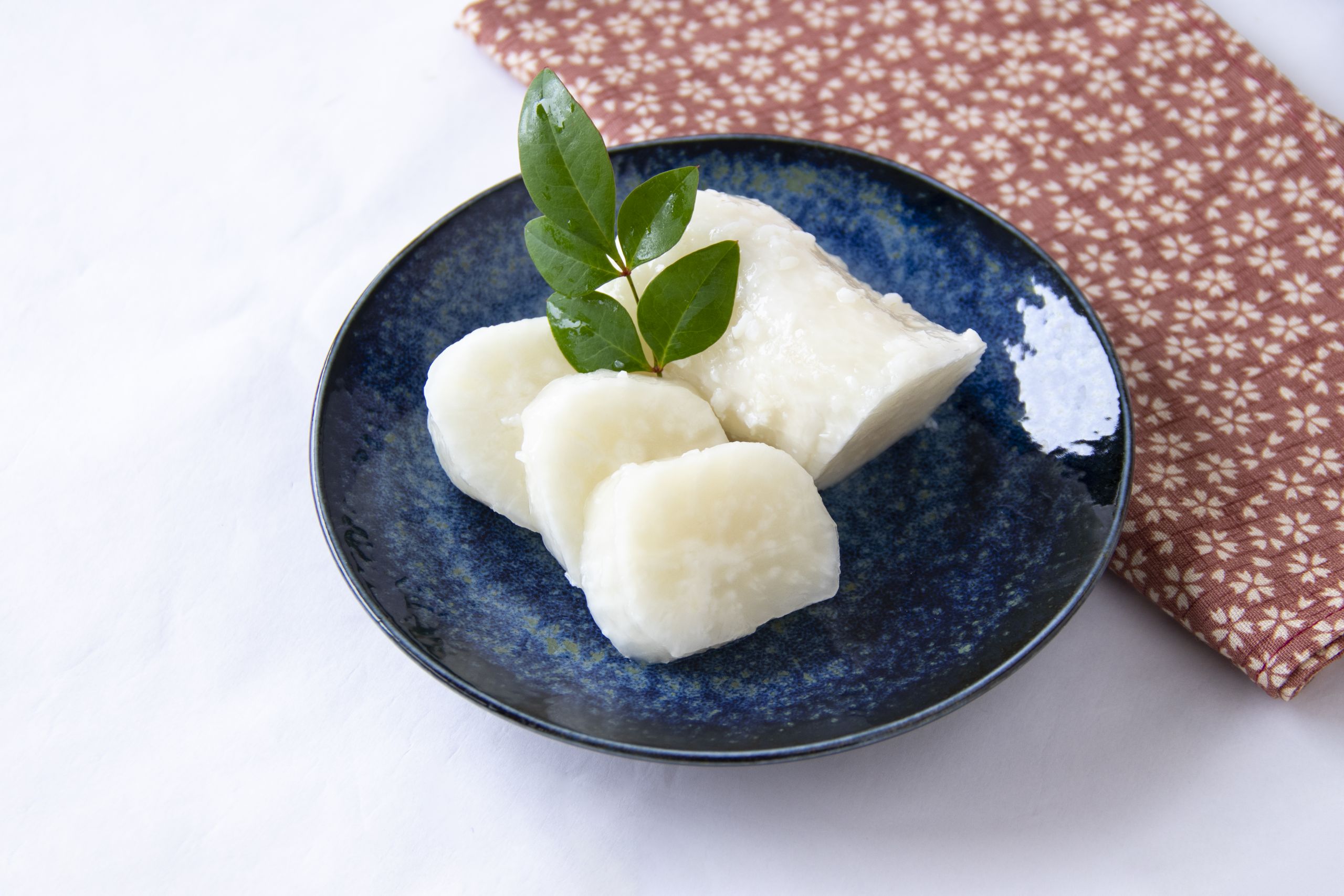
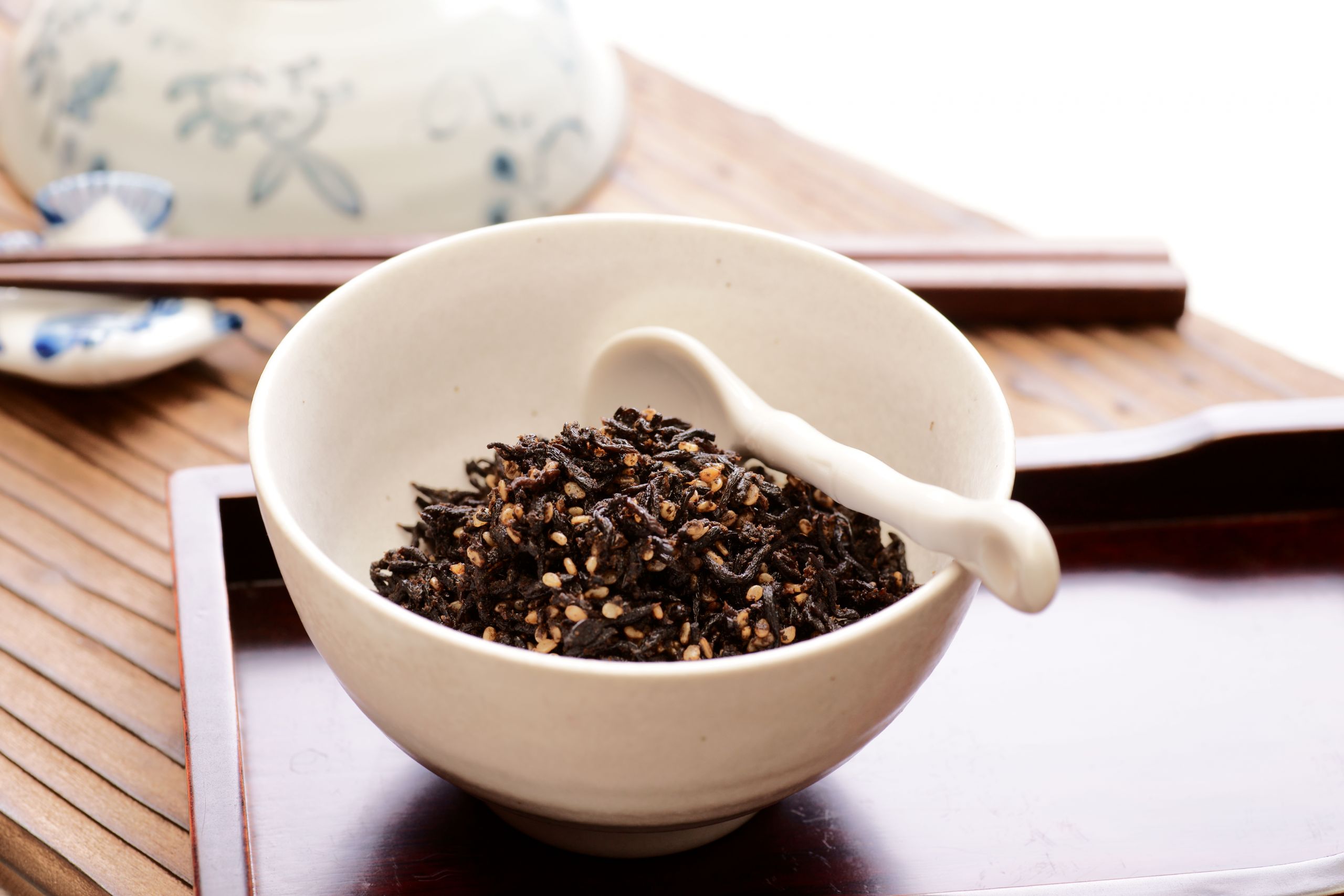
Bettara-zuke
Tokyo’s contribution to Japan’s tsukemono pickled side dish traditions is bettara-zuke. Made with daikon radishes, the dish is said to have originated in Nihonbashi during festivals at Takarada Ebisu Shrine. Scores of bettara-zuke vendors still ply their trade there, offering a taste that comes from a pickling process based on amazake sweet rice wine and rice mold. Bettara-zuke’s texture stems from the radish, which is not dried before pickling. The final result is a palatable dose of mild sweetness and a crispiness that cuts through the slightly sticky koji remnants.
Tsukudani
Setting up shop on Tsukudani Island in Tokyo Bay, a group of Edo-era fishermen favored by Tokugawa Ieyasu would simmer small stores in salt to preserve food during periods when rough weather isolated them from the mainland. By the end of the Edo period, this simmering process had evolved into a sophisticated use of soy sauce, mirin and sugar known as tsukudani. Used to preserve all manner of foods, tsukudani’s strong sweet-and-savory flavoring soon became a proper accompaniment to steamed rice and a classic filling for onigiri rice balls.
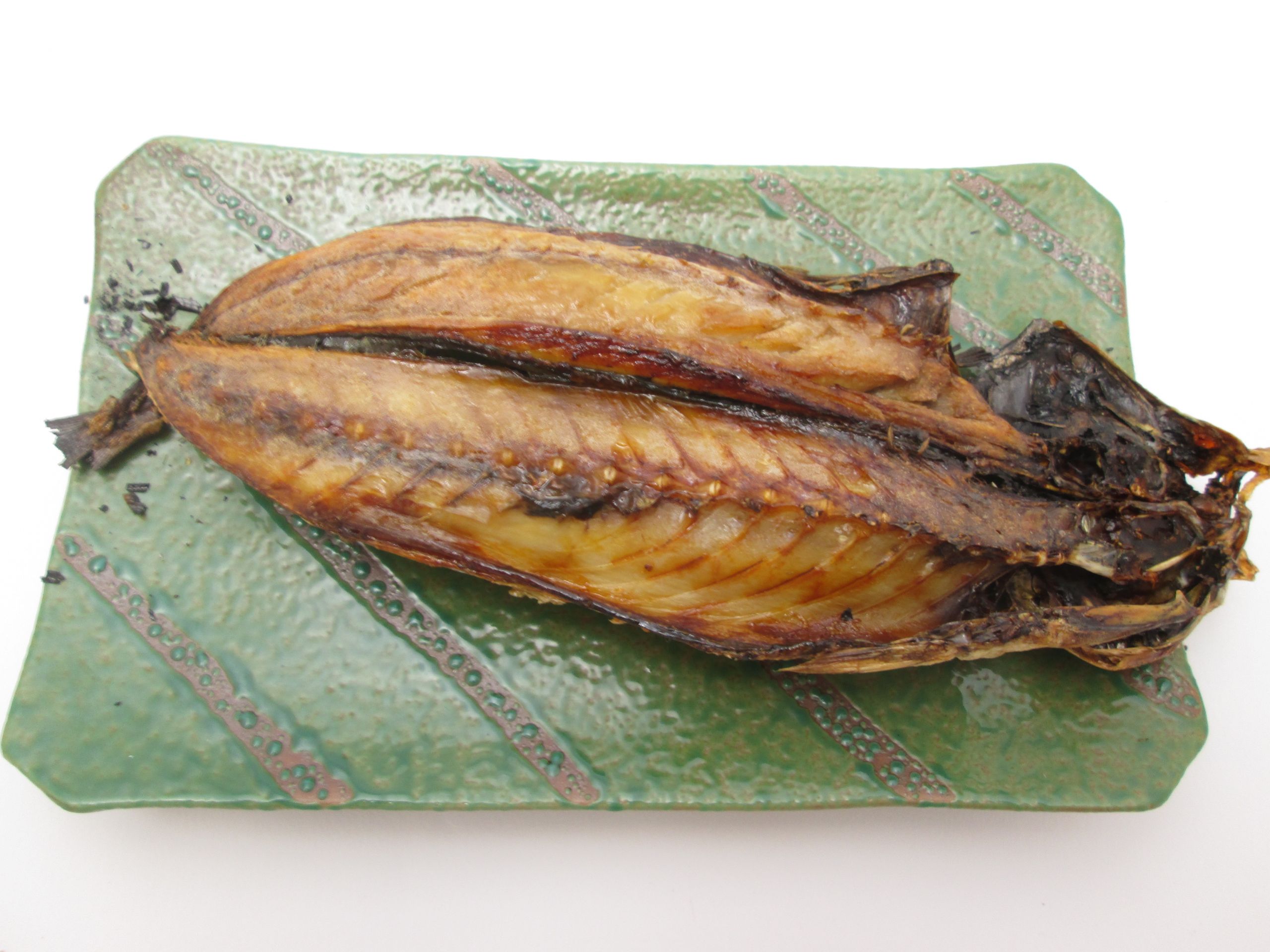
Kusaya
Over 100km south of mainland Tokyo, and part of its administrative domain, lie the Izu Islands and Japan’s pungent fermented fish dish representative, kusaya. Burdened by high salt taxes during the Edo period, villagers on the island of Niijima used smaller amounts of salt to preserve their fish, usually mackerel, through broths of brine whose makeup became closely guarded secrets. Going so far as to reuse the broth many times over, an overwhelming powerful odor would develop. Nonetheless, the process also concentrated the fish’s umami, giving kusaya an amazingly mellow flavor.
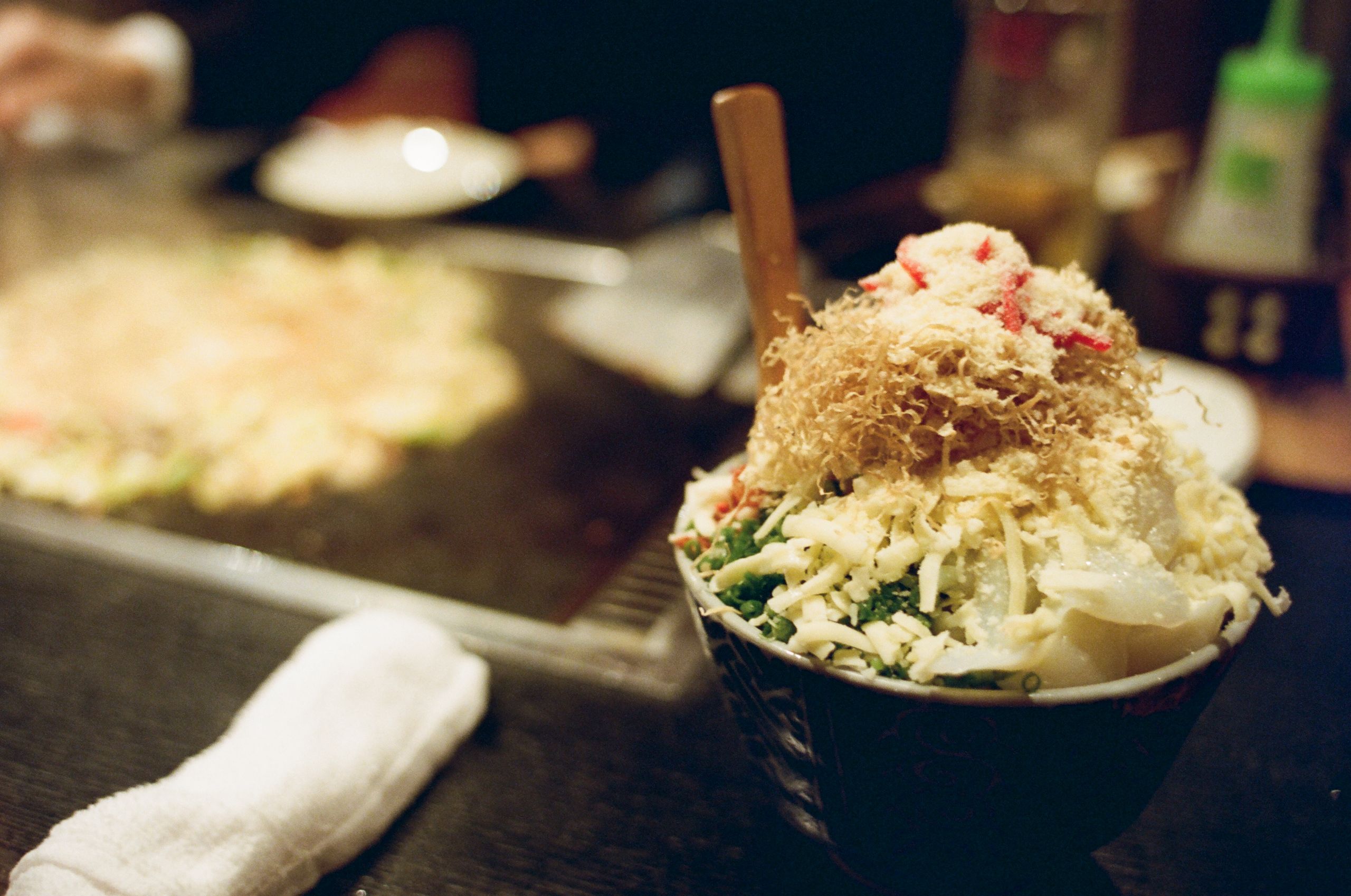
Monjayaki
A staple of Tokyo’s downtown districts, monjayaki is the capital’s go-to people’s food. Said to have originated as a children’s snack—late Edo period drawings attest to its history —monjayaki evolved into a molten batter of flour, dashi stock and cabbage all mixed and grilled together on a hotplate. Egg, meat and seafood were soon added and the dish’s adaptability was recognized. Monjayaki may not win points for aesthetic appeal, but its taste is a wonderful expression of aromatic flavor and a winner in the cozy dining stakes.


